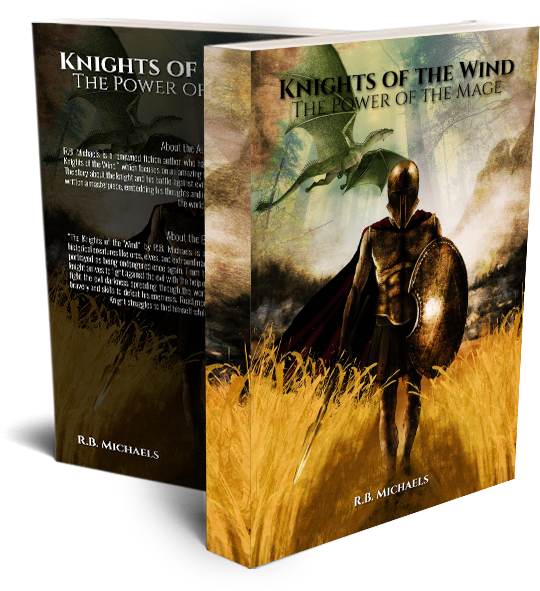Why World-Building is Important – Michael R. Barbour
- Book Mania

- Jun 1, 2020
- 3 min read

Fantasy author, R. B. Michaels is set to take the fantasy world by storm with his latest book, Knights of The Wind 978-1-95-163054-6. Michaels’s book is set in a mystical world where orcs, elves, dragons, and other creatures exist among humans. After a ravaging source of evil returns centuries later, it is up to a skillful knight and a very powerful mage, to save the kingdom from falling into a pit of chaos and violence. One of the most intriguing and vibrant aspects of the fantasy genre is world-building. Writers indulge into their imagination and create an exciting and distinct world for their characters and plots. There are no rules or boundaries to the way a new world can be created. This aspect of fantasy helps readers escape from the real world into this vivid and unexplored world in fantasy books. As per the Times Literary Supplement, here is why world-building is a crucial part of the fantasy genre.
“When J. R. R. Tolkien theorized writing fantasy literature, he called the successful fantasy author a “sub-creator”; someone who can make “a Secondary World which your mind can enter”. While you are “inside” this world, you accept as true the ways in which it has been constructed. The laws that hold this world together have to be coherent and consistent. “The moment disbelief arises”, warns Tolkien, “the spell is broken; the magic, or rather, art, has failed.”
Not all fantasy builds entire imaginary worlds. There are brilliant and powerful fantasy works that simply enchant our own world (the “Primary World”, in Tolkien’s terminology). But “high”, or “immersive” fantasy allows us to inhabit another world, an alternative world. It may have elements of what we know and recognize, but it is also fundamentally different. In some of these worlds, dragons exist and elves live forever and can be reincarnated. In others, language has the power to summon and transform, or children can fly with the help of fairy dust. In yet others, human beings are accompanied by an aspect of their consciousness in the form of an animal, or there is an entire parallel universe of magic, complete with a secret Ministry. In its offer of an alternate reality, fantasy has much in common with science fiction. But while science fiction worlds are more about speculation and “thought experiments”, fantasy worlds tend to focus on enchantment and the revival of mythical motifs.
To talk about fantasy worlds is to talk about imaginary space and time, carefully thought through and crafted. In The Lord of the Rings, Elrond reminisces about the Last Alliance of Elves and Men thousands of years in the past, and this is not a literary device. By the time he wrote that scene, Tolkien had been constructing his secondary world, Arda (only the north-western part of which is Middle-earth), for over two decades. The heroes of the past that Aragorn mentions to the hobbits had already been invented by Tolkien many years before, and they were fully developed characters with elaborate stories, not names dropped to create an effect. The sense of the depth of time in Tolkien’s fantasy is tangible.
Fantasy worlds are flourishing today, and some of Tolkien’s creative innovations have now become conventions. It is significant that the opening credits of HBO’s Game of Thrones, the hugely successful adaptation of George R. R. Martin’s fantasy series, focus on a bird’s eye view of the map of his invented world. Likewise, J. K. Rowling continues to develop the timeline of the wizarding world of the Harry Potter series with prequels and sequels. What is more exciting, however, is what future fantasy world-builders will do. How they will challenge what has come before, and how they will develop the creation of imaginary worlds as an art.”



Comments